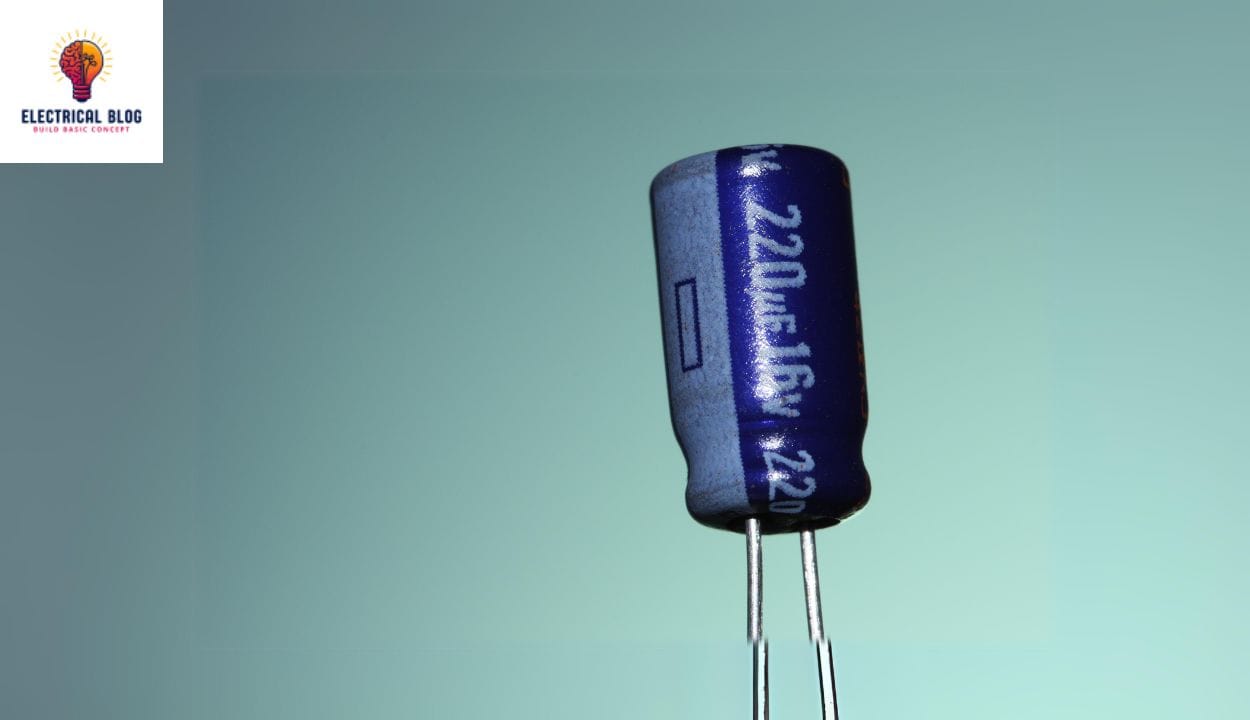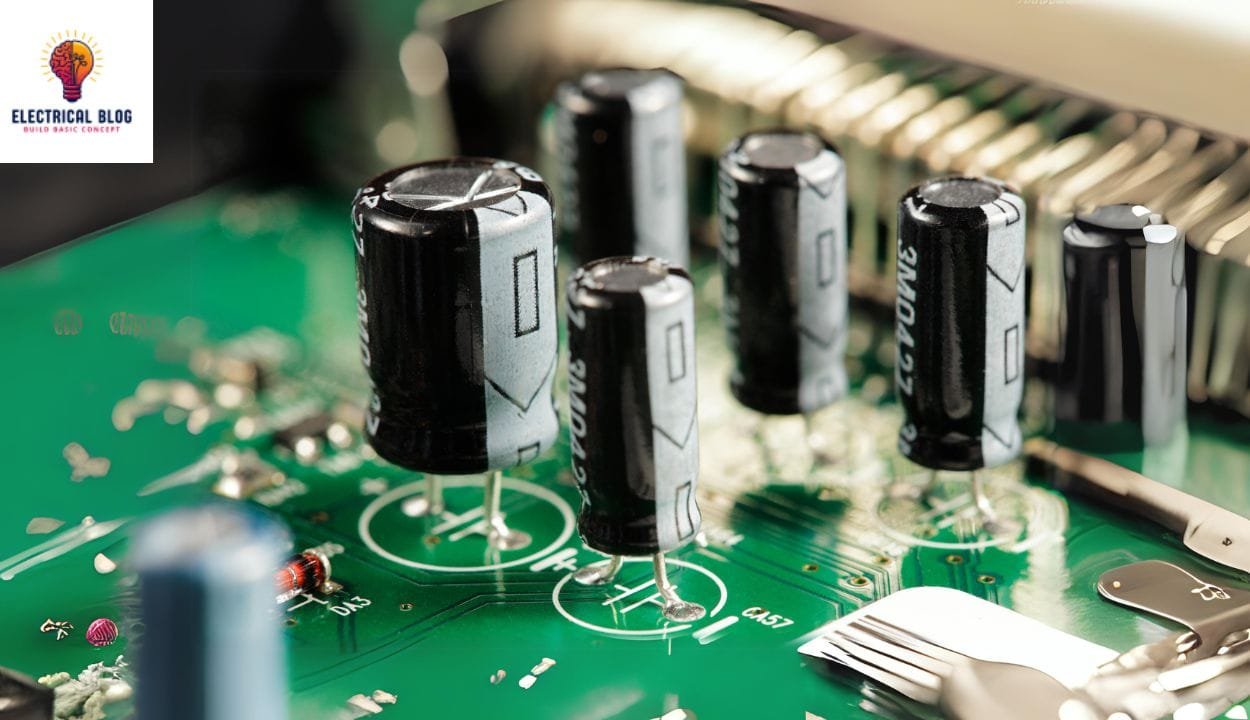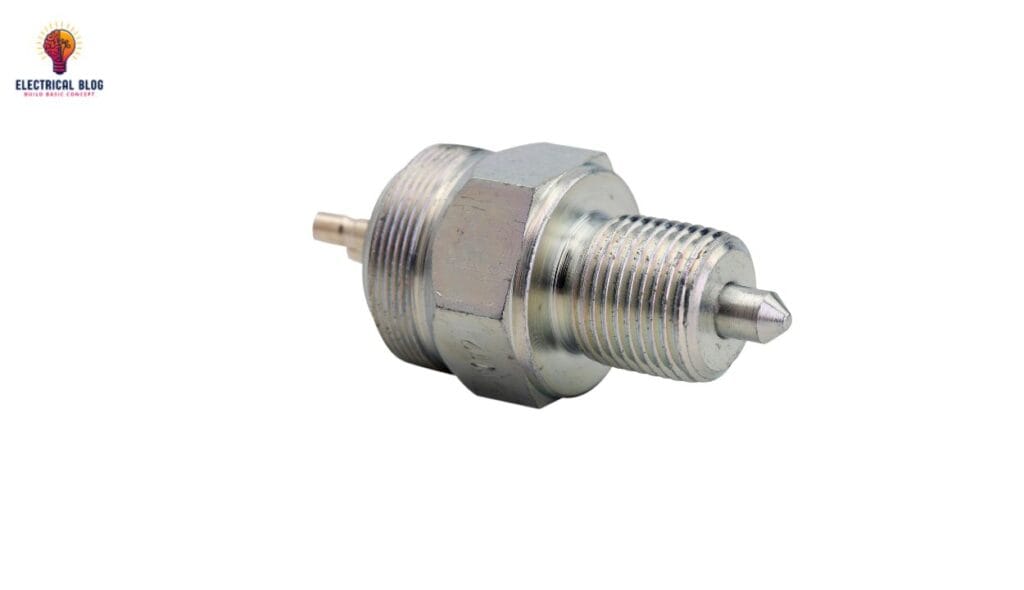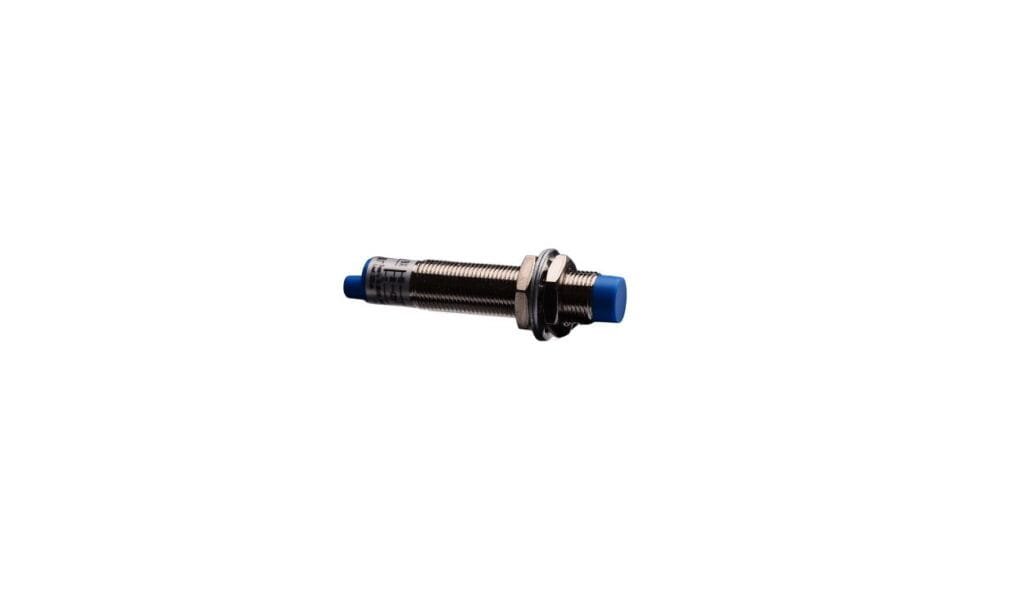Introduction
In the world of electronics, capacitors play a crucial role in electrical circuits by helping to store and release energy efficiently. These essential components consist of two connected plates that hold an electrical charge within them. The electric field between these plates allows the capacitor to function effectively in various applications. With different types available, each serving specific uses, capacitors come in a broad range to meet various circuit requirements. Whether it’s stabilizing power or filtering signals, capacitors are vital in many electrical applications. In this article, we will cover capacitors and its types.
What is a capacitor?
A capacitor is a passive electronic component that helps in energy storage by holding an electric charge in coulombs. It has two conductors separated by a dielectric material, which acts as an insulator that prevents touching but still allows field creation. When a voltage is applied, an electric field forms, which attracts oppositely charged particles and repels similarly charged ones. This movement leads to charge separation, creating a potential difference between the plates. This process is what enables the capacitor to store electrical energy effectively.
The capacitance of a capacitor determines its ability to store charge, which is measured across plates. It follows the formula expressed as Q/V, where C is capacitance in farads, Q is electric charge in coulombs, and V is voltage in volts. The larger the capacitance, the more energy storage it can provide for various circuit functions. Understanding this relationship helps in selecting the right capacitor for specific applications. You can also read variable resistors.

Types of Capacitors
Ceramic Capacitors
Film Capacitors
Electrolytic Capacitors
Paper Capacitor
Ceramic Capacitors
Ceramic capacitors are widely used capacitors that rely on ceramic as the dielectric material between their plates. They come in different types, mainly ceramic disc capacitors and multilayer ceramic capacitors. Disc capacitors are constructed using a ceramic disc with a silver coating on both sides. On the other hand, multilayer capacitors contain finely ground granules of paraelectric and ferroelectric materials, which are alternatively layered and mixed between metal contacts. These materials are exposed to high temperatures and sintered, forming a solid ceramic material with the desired properties.
The multi-layered capacitors work like multiple capacitors connected in parallel, which increases their capacitance. They are used in applications such as high-precision and high-power circuits, including resonant circuit designs in transmitter stations. These capacitors are also common in printed circuit boards and high-density applications. In brush DC motors, they help reduce RF noise, improving efficiency. As a general-purpose capacitor, they are not polarized and are available in a large configuration of capacitances, voltage ratings, and sizes to fit various needs. You can also read neutral earthing resistors.
Film Capacitors
Film capacitors are widely used capacitors that use small, thin films of plastic as the dielectric material. They are cheap, stable over time, and available in different types based on the type of plastic used. Common variations include polyester film, polypropylene film, PTFE film, and polystyrene film, each offering unique properties suited for specific needs in circuits. In some cases, cheaper plastics are used for cost-cutting without affecting performance.
High-power film capacitors are found in X-ray flashes, phase shifters, and pulsed lasers. Low-power film capacitors serve as filter decoupling capacitors, voltage-smoothing capacitors, and audio converters. They are also essential in the starting and operation of fluorescent lights. The symbol for these capacitors represents their role in different electronic applications.
Electrolytic Capacitors
Electrolytic capacitors are capacitors that use electrolytes as the dielectric material between their plates. They are always polarized, meaning they have designated positive and negative terminals. Based on the electrolyte used, there are different types, including aluminum electrolytic type, which has an aluminum oxide film as the dielectric. The tantalum electrolytic type contains tantalum beads and is available in both wet and solid forms.
Another variation is the niobium electrolytic type, where the anode is made of niobium. These capacitors are widely used in filtering devices to smooth electrical flow in power supplies. They are also found in switching power supplies, helping with input and output regulation. Their role in signal smoothing makes them essential for many applications in electronics. The electrolytic capacitor symbol represents their presence in circuit diagrams.
Paper Capacitor
Paper capacitors are fixed capacitors that use paper as the dielectric medium between their plates. Their capacitance value ranges from 1 nF to 1 µF, making them useful in different applications. There are two types: the paper sheet capacitor, which has aluminum sheets on both sides and is covered in wax to protect it from the external environment. The metallized paper capacitor is coated with a thin layer of zinc or aluminum, then rolled into a cylinder for compactness.
These capacitors are widely used in audio systems to provide extra power to amplifiers when needed. They also play a role in electronic noise filtering, signal coupling, and decoupling systems for smoother operation. In power conditioning systems, they help block DC signals, ensuring proper circuit performance. The paper capacitor is a reliable choice for various electronic circuits.
Working of Capacitor
Classification of Capacitors Based on the Structure
Fixed Capacitor
Variable Capacitor
Trimmer Capacitor
Fixed Capacitor
Fixed capacitors are special devices designed during manufacturing with a specific value of capacitance that remains unchanged. These types of capacitors maintain a constant charge and energy output, ensuring a steady supply of electrical power. Since their values are preset, they cannot be charged or altered after production.
They are classified as either polarized or non-polarized, depending on their structure and usage. These capacitors include built-in protection against surges that go beyond their limit, preventing damage. Their uninterrupted flow of power makes them essential in stable circuit designs.
Variable Capacitor
Variable capacitors are designed to have an adjustable capacitance, allowing them to be changed within a certain extent to meet circuit requirements. These capacitors provide variable amounts of power, making them useful in tuning applications. Their ability to be adjusted reversibly and repeatedly makes them essential for dynamic electrical circuits.
There are two main types: rotary capacitors and vacuum capacitors. In rotary capacitors, rotating plates made of semiconductor material are rotated at different angles to change the capacitance. Vacuum capacitors use concentric cylinders inside sealed chambers with dielectric material under a high vacuum, improving their voltage-handling capacity.
Trimmer Capacitor
Trimmer capacitors are small adjustable capacitors used to calibrate or recalibrate electrical circuits for precise tuning. They are mounted directly on PCBs and are not meant for end-user consumption. These capacitors interact with screwdrivers to increase or decrease their capacitance, helping in circuit fine-tuning.
They are often attached to a PCB (printed circuit board) and used to set initial oscillations in circuits. The minimum capacitance usually falls in the range of 0.5 pF to 10 pF, while the maximum capacitance varies between 1 pF and 120 pF. Built with air or ceramic as dielectric materials, they share a construction style with rotary variable capacitors to match the tolerance of other components in the circuit.
Classification of Capacitors Based on the Polarization of Capacitors
Polarized Capacitors
Non-Polarized Capacitors
Polarized Capacitors
Polarized capacitors have designated positive and negative poles, meaning they must be connected correctly in a circuit. The positive terminal should always be at a higher voltage than the negative terminal to function properly. Most electrolytic capacitors fall under this category due to their structure.
The electrolyte inside provides a large number of ions, giving these capacitors high conductance and higher capacitance. They are widely used in circuits but come with disadvantages like large leakage currents, value tolerances, comparable series resistance, and a short lifetime.
Non-Polarized Capacitors
Non-polarized capacitors have no designated positive or negative terminal, allowing them to be placed in a circuit in any configuration. Unlike polarized capacitors, they are used where high capacitance is not required, but stability matters. Their design helps negate the disadvantages of polarized capacitors.
These capacitors are ideal for pure AC circuits and high-frequency filtering applications. They come in a range of dielectric materials, including ceramic, polystyrene, polycarbonate, polyester, Teflon, polypropylene, and glass. Common applications include resonance, coupling, frequency selection, and current limiting in circuits.
Conclusion
Capacitors play a crucial role in electrical circuits, providing energy storage, signal filtering, and power regulation. Different types of capacitors are designed based on their dielectric material, capacitance value, and structural properties. Fixed capacitors, such as ceramic, film, paper, and electrolytic capacitors, offer stability, while variable capacitors allow adjustable capacitance for tuning circuits.
Each type has unique characteristics, from high-power applications in transmitters and motors to precision tasks in audio systems and filtering devices. Choosing the right capacitor depends on circuit needs, whether for energy storage, voltage regulation, or signal control. Understanding its properties ensures efficient electronic performance and long-term reliability.




